Mother Earth has many things to offer us, poorly developed humans. Although for a long time we have been able to extract everything we could from the earth, we haven’t found a way to renew the things we took. Apart from that, the spaces that have been created years and centuries ago by our ancestors in need of heating, food and fuel may now give us a nice place to be and spend the day.
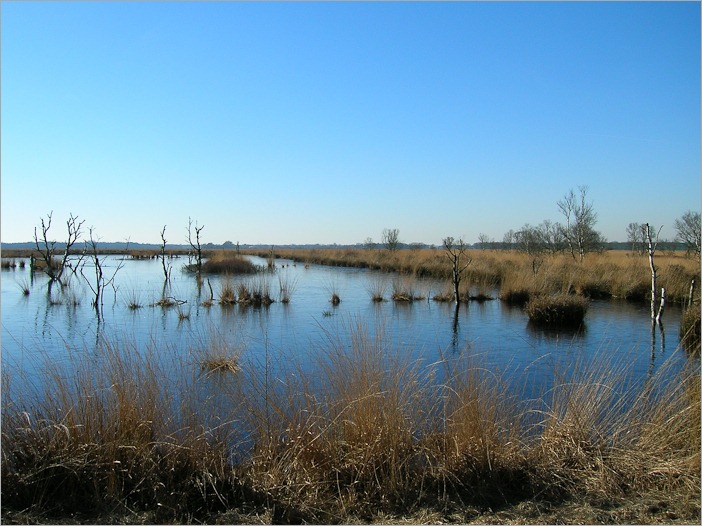 Fochtelooerveen, Holland
Fochtelooerveen, Holland
The place left behind in Holland has the not-so-easy-to-pronounceable name of “Fochtelooer Veen”. Let’s go and have a look at this historical piece of nature…
On the border of two of the northern provinces of Holland, Friesland and Drenthe lies the Marsh of Fochteloo. About a century ago this was a place of bustling activity. Not easy to imagine today, when all you get is silence, quietness and the sound of the wind in the grass.
 Grass and birch, signs of poor soil
Grass and birch, signs of poor soil
Here was the place of digging and sweating in order to get the peat out of the ground. This was a poor place in Holland during that time. People lived in sod houses and ate potatoes for breakfast, lunch and supper. This painting may give you an idea of the conditions of life at the end of the 19th century here. The peat, once taken out of the marsh ground was dried and then used as fuel.
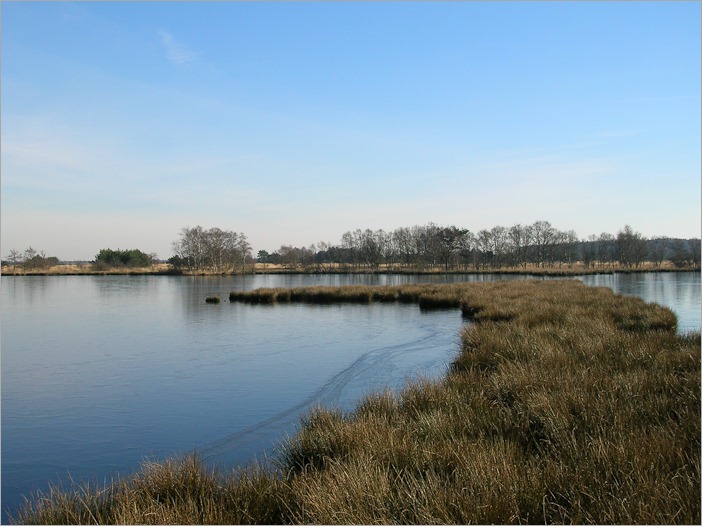
Nothing wanted to grow in this poor soil, crops and even the animals had difficulties living and surviving here. Due to the wet grounds, the stories about “Witte Wieven” were legendary. The Witte Wieven can be translated as “White Women” or “Witty Women”. Mostly ghostlike and told to be evil, although they never approached any human close enough to be identified. Nowadays a different translation and explanation of Witte Wieven exists. Now we think they were only wisps of mist, created by the gasses of the marsh. It kept many people away from these grounds.
Today the grounds are protected and well kept by the State and will not change very much again in the next few decennia. Water is now kept on a steady level and even non-original growth is removed.
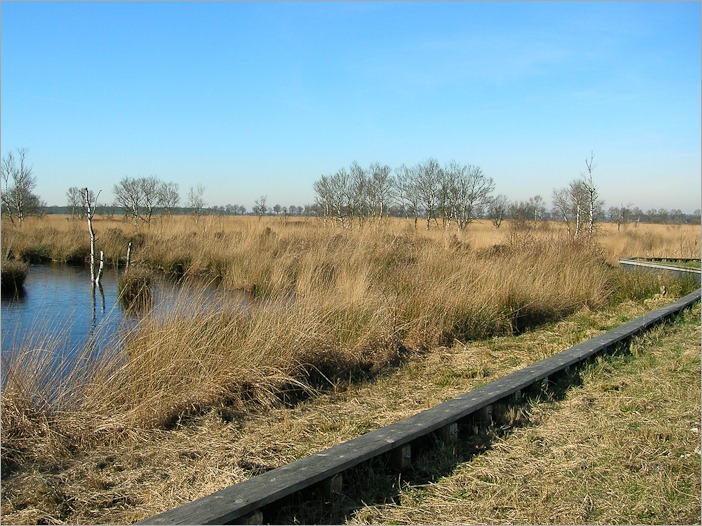 Protection
Protection
The few roads that cross the marsh today are ecological and narrow. The best way to get in here is by bicycle, you will get a complete relaxation session from the area.
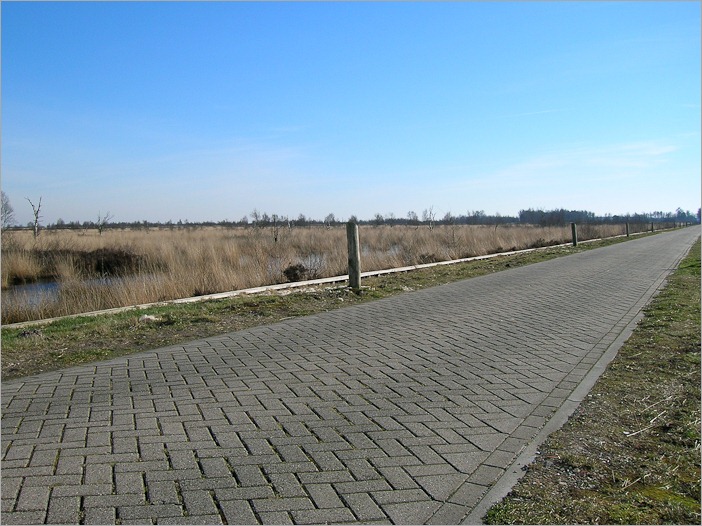 Stone roads, wide enough for one car
Stone roads, wide enough for one car
The soil today remains poor, nothing to be done about it. If you want to have something to eat here, well, you’ll have to bring it yourself, the ground will not provide it for you here.
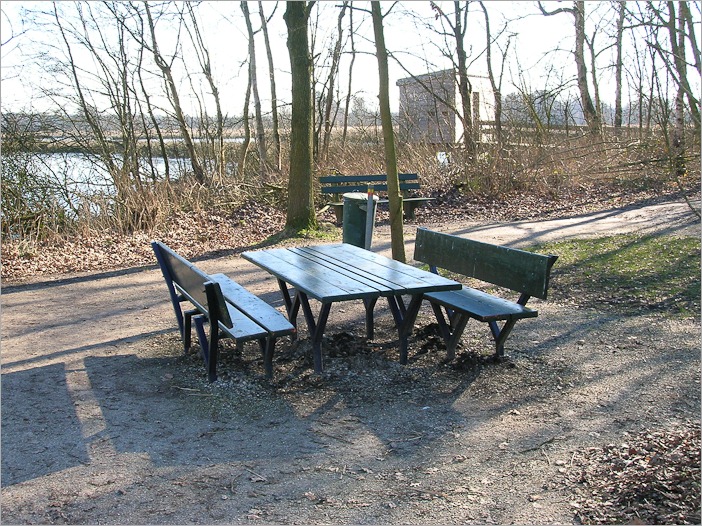 Amenities for eating
Amenities for eating
Although the day I was here it was rather cold, and a little bit of ice covered the water, normally with some sun, here you can have a nice day, without tourists crowding everywhere. Bird watching is a favourite occupation here. The little building behind the table on the picture above is made to observe birds.
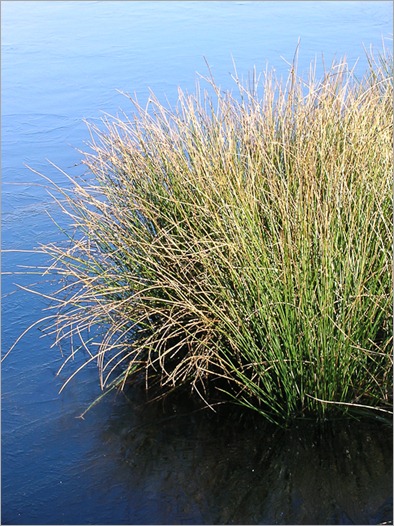 Grass
Grass
But what you will see here for the most, is grass. Still growing after so many years of labour to get it out of there. If you want a quiet day, come and you will be served well. The ancestors finally created a place to rest, rest they would have deserved so well in their own days.
